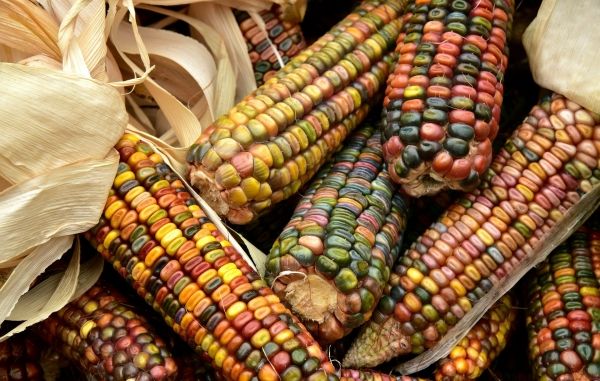One-third of the fertilizer applied to grow corn in the U.S. each year simply compensates for the ongoing loss of soil fertility, leading to more than a half-billion dollars in extra costs to U.S. farmers every year, finds new research from CU Boulder published last month in Earth’s Future.
Long-term soil fertility is on the decline in agricultural lands around the world due to salinization, acidification, erosion and the loss of important nutrients in the soil such as nitrogen and phosphorus. Corn farmers in the U.S. offset these losses with nitrogen and phosphorus fertilizers also intended to boost yields, but scientists have never calculated how much of this fertilizer goes into just regaining baseline soil fertility—or how much that costs.
“We know there's land degradation going on even in U.S. modern agriculture, but it's really difficult to pin down how much and what impact it has,” said Jason Neff, corresponding author on the paper and director of the Sustainability Innovation Lab at Colorado (SILC). “These findings provide more information to farmers so they can make decisions that benefit them economically, but also support a more sustainable form of high-yield agriculture.”
Read more at University of Colorado At Boulder
Image by Ulrike Leone from Pixabay


